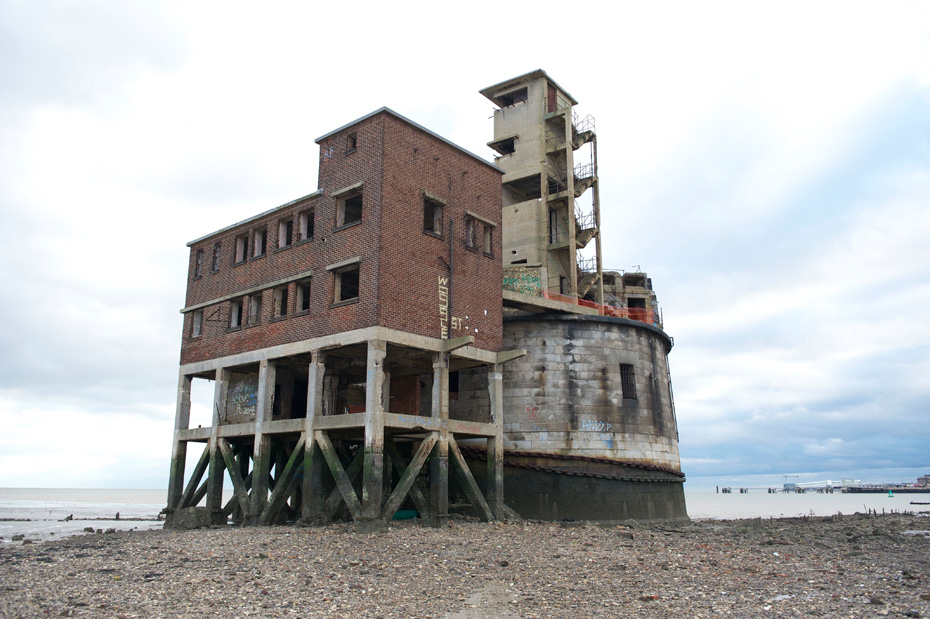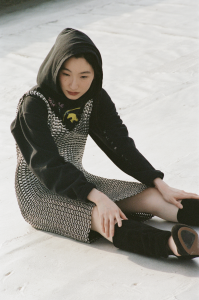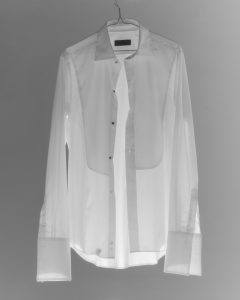As Corinna Dean launches her ARCA book on Britain’s overlooked rural architectural sites, we premiere the designer’s intro

Britain’s towns and landscapes are rich with messages from the past. But we easily take them for granted – they’re too familiar, we no longer understand them, or they simply go unnoticed. For instance, you need heavy rain to see the white lettering that appears on some old brick walls in my part of London: SHELTER FOR 300, SHELTER FOR 200. These are the Civil Defence signs from 80-odd years ago that directed wartime citizens to bomb shelters.
Artefacts like bomb shelters are not usually seen as ‘heritage’ and readily disappear from busy towns and cities. You’re more likely to find them in remote and less-developed countryside. Parts of East Anglia are rich in bunkers, pillboxes and observation posts, as well as airfields and coastal defences. Some might scorn the word ‘rich’, dismiss them as concrete eyesores, and wish they’d go away.
Should we care if they disappear? I think we should, and for at least two reasons: cultural and aesthetic. First, these relics, and the many similar ones to be found around the country, tell us directly about our history. Second, they often weather to take on a mysterious beauty of their own and become an intrinsic part of our land and seascapes, which are all the richer for them.
Of course, we expect the built environment to change and we can’t keep every trace of the past. But who is to judge what goes and what stays? Who will speak for the remote, the obscure and the unconventional aesthetic?
Corinna Dean, for one. She has a mission – to show us just how rich – and strange – the architectural heritage of the twentieth century really is. She wants to reclaim the neglected monuments to the past we so easily forget: military, industrial, devotional, recreational. Corinna shows us a less familiar Britain and less familiar forms of architecture. From Osea Island’s Temperance Community to the apocalyptic monoliths of Orford and the surreal Sound Mirrors of Greatstone, she shows us buildings and spaces that have lost their original purpose and fallen out of our collective memory.
But they can be richly emotive, as well as fascinating design. Brutalist buildings display monumental power, even as they are broken up by the elements or strangled by vegetation. In the stark shapes of World War Two defences – pill boxes, bunkers, viewing stations – I see the forerunners of London’s South Bank. Here function ejects ornament, as it does with good work wear. And like good work wear, they age well. I already know and love some of Corinna’s sites – but many are new to me and I look forward to visiting them with this book as my guide.
More info on Margaret Howell HERE
‘Slacklands’ will be launched at Margaret Howell’s Wigmore Street shop on May 10, 2014. For more info on ARCA, click HERE




